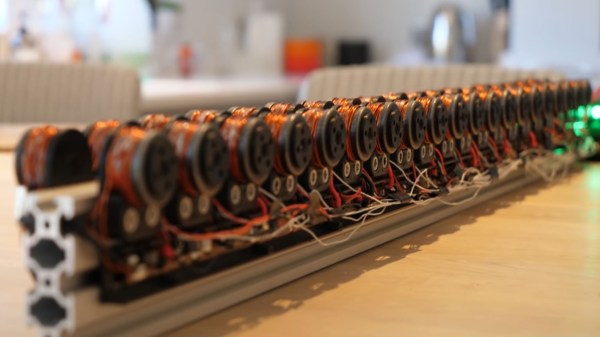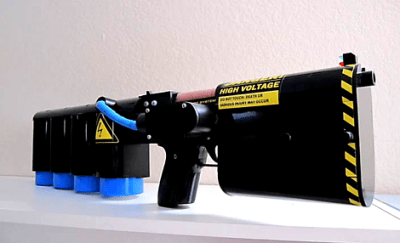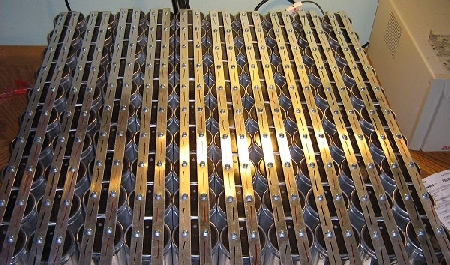Are you still launching paper airplanes using your hands? That’s like a baby’s toy! [Tom Stanton] and his homebrew electromagnetic rail launcher are sure to bring your paper airplane game into the 21st century.
To be fair, these kinds of linear motors can be used for more than just launching paper airplanes, and can already be found in niche industrial applications, mass transportation systems and roller coasters. And, yes, the potential to leverage electromagnetism in the theater of war is also being vigorously explored by many of the world’s superpowers in the form of Gauss rifles and railguns. In the meantime, the video (after the break) proves that it’s entirely possible to build a rudimentary yet effective linear motor in your makerspace, using relatively basic components and fundamental physics.
In short, these launch systems use electromagnetism and well timed electronics to propel a mass of magnetic material down a straight (or sometimes curved) track. Multiple pairs of coils are placed along the track, with each pair subsequently energized by high current as the payload approaches. By using many coils in succession, the mass and its payload can be accelerated to high speed.
While a homemade rail launcher is unlikely to turn the tides of war, [Tom Stanton] explores their lethal potential with an experiment involving high-speed video and supermarket sausages, with gruesome results.
If you’re looking for more, why not check out our our previous coverage on electromagnetic weaponry?
Continue reading “Propel Paper Planes, Bisect Sausages With Electromagnets”















